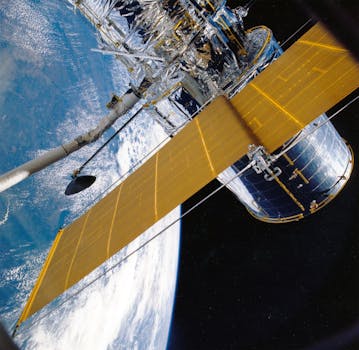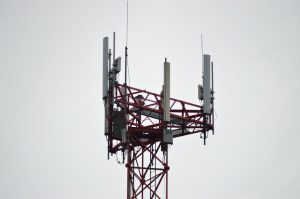Connecting the Globe: The Impact of Orbital Technology on Global Communication

Connecting the Globe: The Impact of Orbital Technology on Global Communication
Orbital technology has revolutionized global communication, enabling instant connectivity across the globe. The impact of orbital technology on global communication has been significant, transforming the way people connect, communicate, and access information. Orbital technology refers to the use of satellites and other space-based systems to facilitate communication, navigation, and remote sensing.
The first commercial satellite, Intelsat 1, was launched in 1965, marking the beginning of a new era in global communication. Since then, the number of satellites in orbit has grown exponentially, with over 5,000 satellites currently in operation. These satellites provide a wide range of services, including television broadcasting, telecommunications, navigation, and remote sensing.
The Benefits of Orbital Technology
Orbital technology has numerous benefits, including global coverage, high-speed data transfer, and reliability. Satellites can provide connectivity to remote and underserved areas, where traditional communication infrastructure is limited or non-existent. This has enabled people in these areas to access essential services, such as healthcare, education, and financial services.
Orbital technology has also enabled the development of new industries, such as satellite-based navigation and remote sensing. The Global Positioning System (GPS) is a network of satellites that provides location information to GPS receivers on the ground. This has revolutionized navigation, enabling accurate location determination and timing.
Future Prospects of Orbital Technology
The future of orbital technology looks promising, with new technologies and innovations emerging. The development of small satellites, also known as cube satellites, has made it possible for smaller companies and organizations to launch their own satellites. This has democratized access to space, enabling new players to enter the market.
Another area of development is the use of satellite constellations, which involve launching multiple satellites into orbit to provide continuous coverage of the Earth. This has enabled the development of new services, such as satellite-based internet and mobile communication.
Conclusion
In conclusion, the impact of orbital technology on global communication has been significant, transforming the way people connect, communicate, and access information. The benefits of orbital technology, including global coverage, high-speed data transfer, and reliability, have enabled the development of new industries and services. As technology continues to evolve, we can expect to see new innovations and developments in the field of orbital technology, further connecting the globe and enabling instant connectivity across the world.

